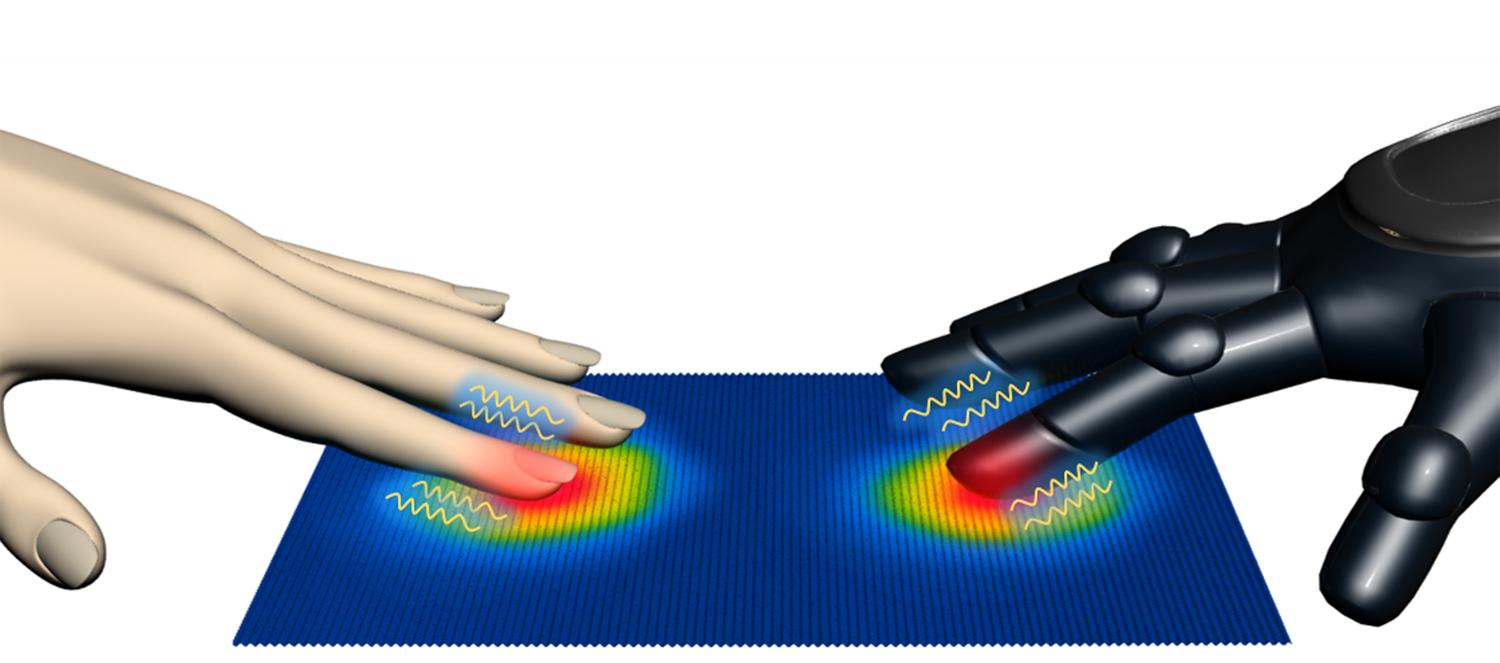

Investigators have developed an artificial skin that is even more sensitive than human skin in its ability to detect pressure applied by an object as well as its approach.
In research published in the journal Small, scientists used the dual-responsive artificial skin for a variety of applications, including manipulation of virtual game characters, navigation of electronic maps, and scrolling through electronic documents. Distinct signals could be detected by the artificial skin upon different approaching targets, making it feasible for touchless object identification.
The advance provides a proof-of-concept application for rendering a robot to classify materials including polymers, metals, and human skin in an entirely touchless mode. The researchers note that such artificial skin can be used in next-generation engineered electronics with potential in human–machine interfaces, artificial intelligence, prosthesis, and augmented reality.
“We created artificial skin with sensing capabilities superior to human skin. Unlike human skin that senses most information from touching actions, this artificial skin also obtains rich cognitive information encoded in touchless or approaching operations,” said corresponding author Yifan Wang, an assistant professor at Nanyang Technological University, in Singapore. “The work could lead to next-generation robotic perception technologies superior to existing tactile sensors.”

